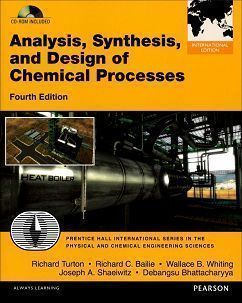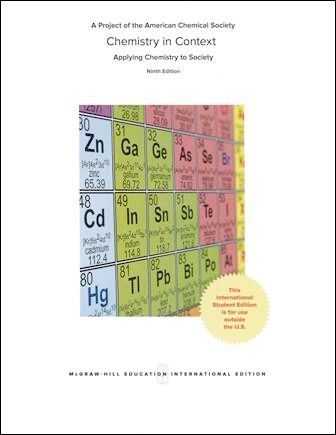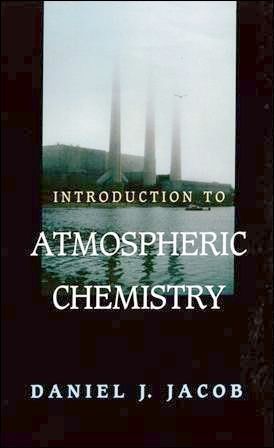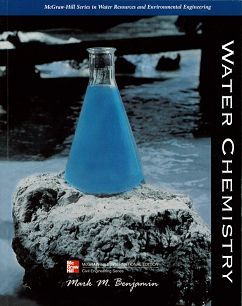書籍分類
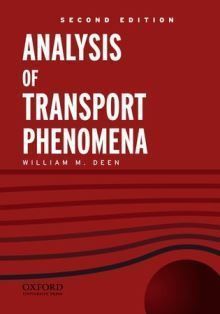
Analysis of Transport Phenomena 2/e
作者:William M. Deen
原價:NT$ 1,600
內容介紹 目錄 作者介紹
- Features
- Explains classical methods and results, preparing students both for engineering practice and for more advanced study or research.
- Comprehensive treatment that presents a unified discussion of the three main areas of transport phenomena.
- Emphasizes concepts and analytical techniques that apply to all transport processes.
- Covers everything from heat and mass transfer in stationary media to fluid mechanics, free convection, and turbulence.
- Improved organization, including the establishment of a more integrative approach.
- Mathematical techniques will be introduced more gradually to provide students with a better foundation for more complicated topics discussed in later chapters.
- 25% new examples and exercises, reflecting shifts in chemical engineering such as the increasing prominence of biological applications, the growing array of microsystem technologies, and the intense interests in membranes, thin films, and interfacial phenomena.
- Covers more material than Leal's book, and has more real-world examples than Bird, Stewart, and Lightfoot.
- New Appendix B "Ordinary Differential Equations and Special Functions" provides a concise review of how to solve the differential equations most commonly encountered in transport problems.
- Based largely on teaching experience with the first edition, the entire text has been reviewed in detail, and innumerable minor revisions made to improve clarity.
- There is a larger set of introductory examples (Chapter 3).
- The presentation of similarity and perturbation methods is now a separate chapter (Chapter 4). Approximate integral solutions are no longer discussed here, but are still illustrated later in entrance-region and boundary-layer examples.
- A new chapter is devoted to transport in electrolyte solutions (Chapter 15).
- The solution of ordinary differential equations is reviewed in a new appendix (Appendix B), which also summarizes the properties of commonly encountered special functions.
- Overall, there are approximately 40 new worked examples in the text and 80 new end-of-chapter problems.
New to This Edition
Analysis of Transport Phenomena, Second Edition, provides a unified treatment of momentum, heat, and mass transfer, emphasizing the concepts and analytical techniques that apply to these transport processes.
The second edition has been revised to reinforce the progression from simple to complex topics and to better introduce the applied mathematics that is needed both to understand classical results and to model novel systems. A common set of formulation, simplification, and solution methods is applied first to heat or mass transfer in stationary media and then to fluid mechanics, convective heat or mass transfer, and systems involving various kinds of coupled fluxes.



